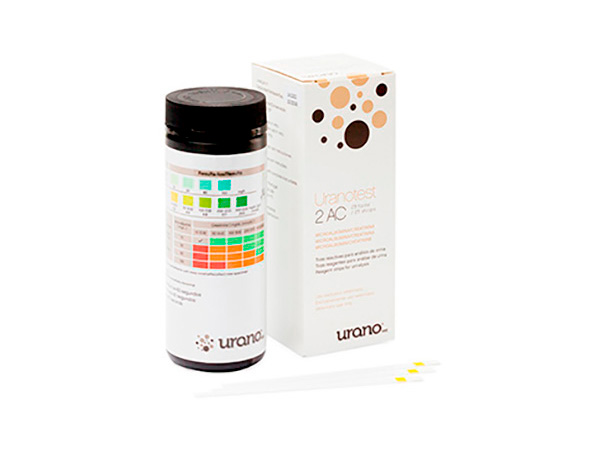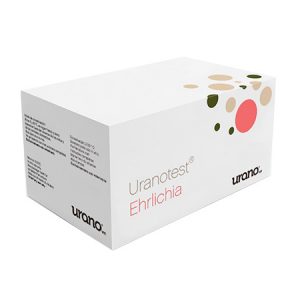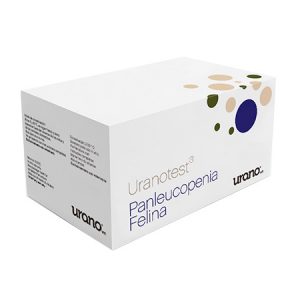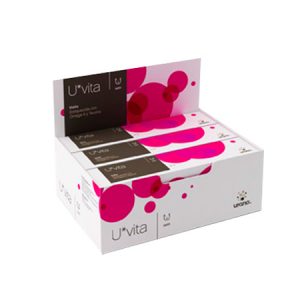- Use of refrigerated urine sample without tempering.
- Use of non-recent urine (it is preferable to perform the urinalysis within 30 minutes after collection to avoid contamination, pH changes and compound degradation).
- Use of expired dipsticks, or dipsticks exposed to air due to poor storage.
- Reading the dipstick at a time other than recommended.
- Reading the strip in vertical position (this does not occur with automatic reading with the aid of the reader).
- Contamination of the sample with disinfectants.
- Prolonged immersion of the dipstick in urine (may cause alteration of the colorimetric reaction) or non-elimination of excess urine with the aid of an absorbent material.
- Touching the reactive zone on the dipstick with fingers (colours may be altered).
- Very pigmented or turbid urine (prior centrifugation is recommended).
- lnadequate light or visual difficulty for observer (this does not occur with that automatic reading with the aid of the reader).
| Normal | Abnormal | |
|---|---|---|
| Colour | Yellow or amber | Very dark yellow: concentrated, bilirubinous urine |
| Red, dun, brown: haematuria, haemoglobin, myoglobinuria. | ||
| Greenish: bilirubinous | ||
| Milky white: puss, phosphate crystals | ||
| Transparency | Clear | Turbid due to semen, bacteria, lipids, mucous, faecal contamina-tion, crystals, red blood cells, white blood cells, epithelial cells |
| Odour | Soft odour that may be very intense with sorne species (adult male cat urine has a characteristic odour) | Ammonia odour due to action of positive urease bacteria hydrolysing the urea |
| Volume | Dog: 25-30 ml/kg/day Cat: 18-25 ml/kg/day |
Oliguria Anuria |




Reviews
There are no reviews yet.